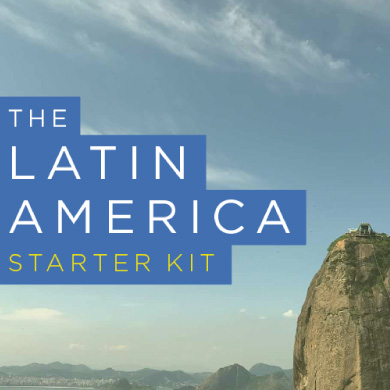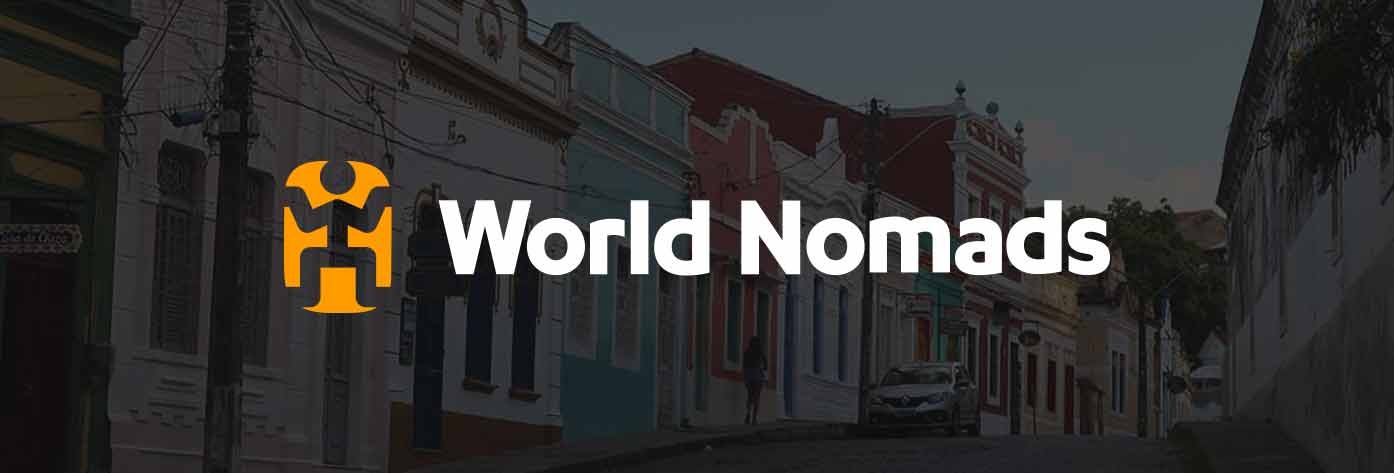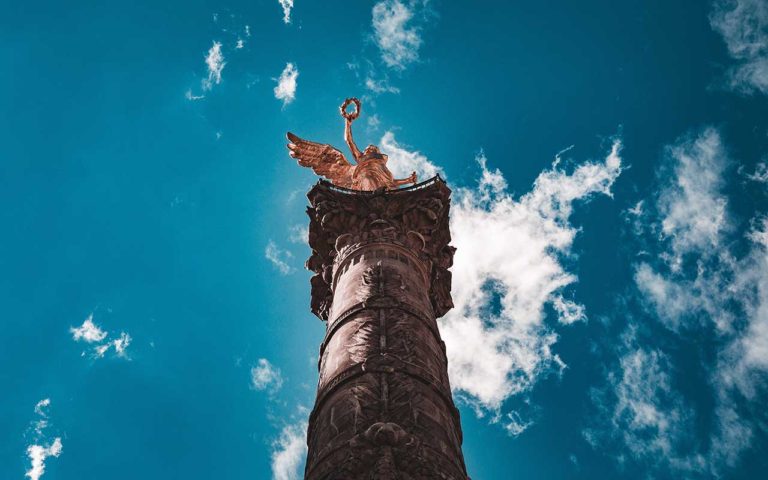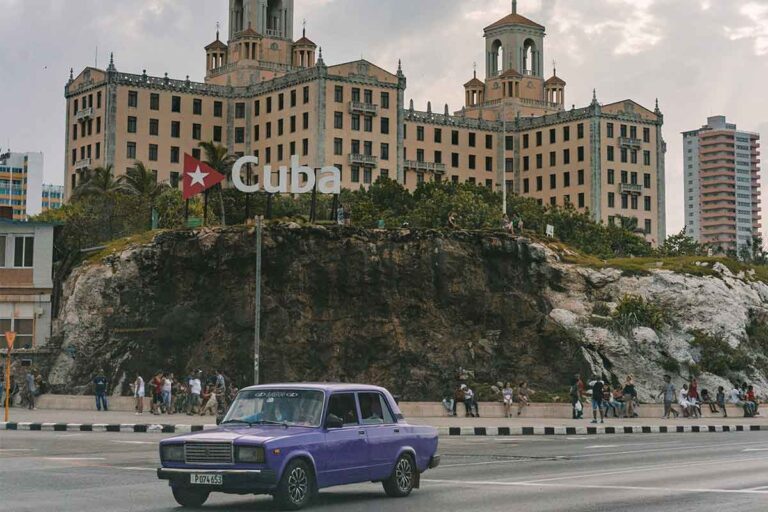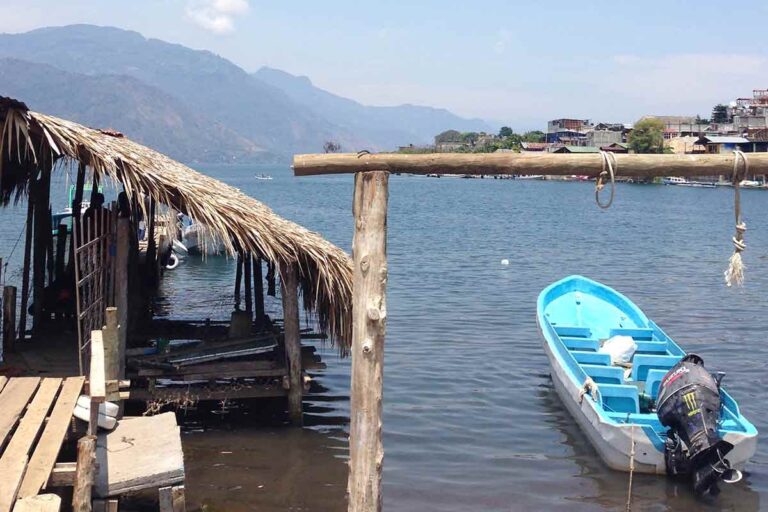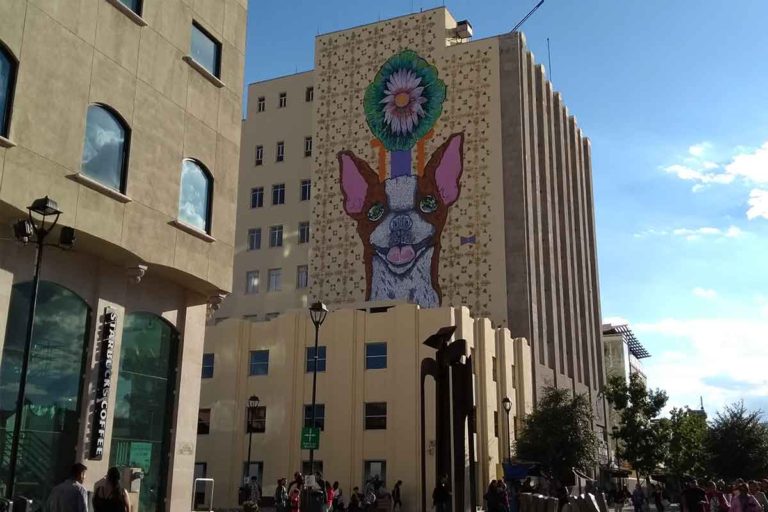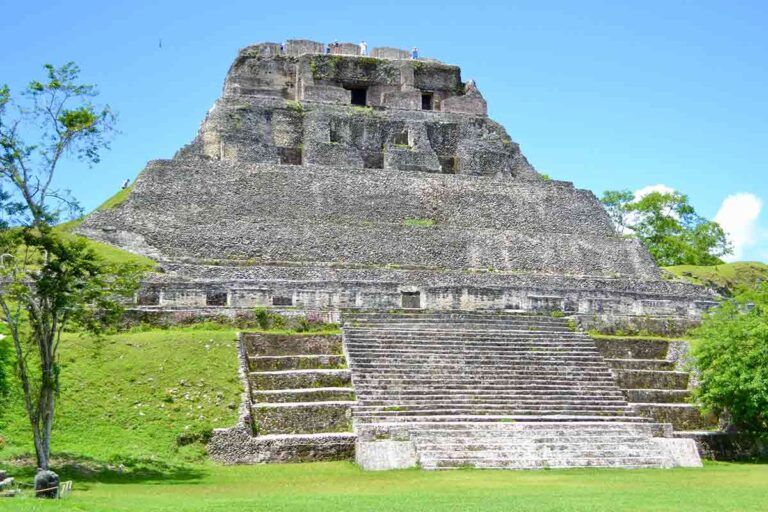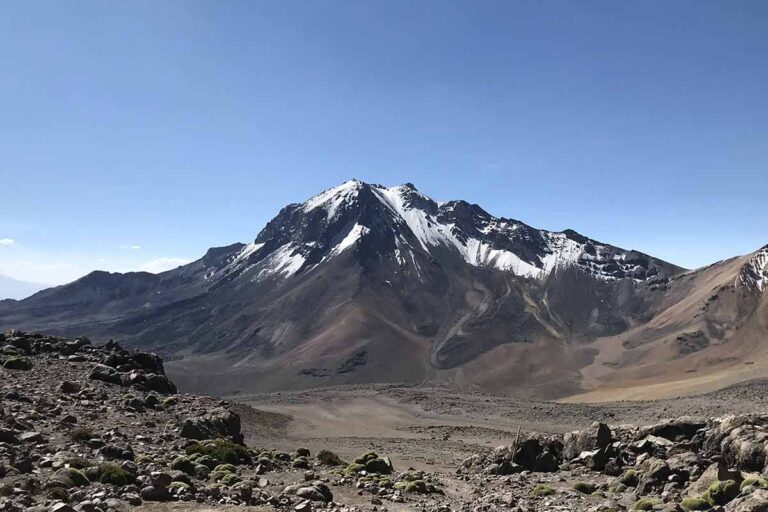Backpacking Nicaragua Itinerary
Welcome to our backpacking Nicaragua itinerary.
It is no secret that Nicaragua is a bit of an off-the-grid Central American destination when compared to the likes of Guatemala and Costa Rica.
You will find that Nicaragua has so much to offer, including jungles, volcanoes, lakes, beaches, cloud forests, and two coastlines waiting for you to explore.
Backpacking Nicaragua
Nicaragua is an amazing country, full of biodiversity and natural beauty. There are so many places to discover and so many adventures to have.
In this 2 week Nicaragua itinerary we will narrow down the options a bit and help you make the most of your time in the country.
Why Nicaragua Worth visiting?
Nicaragua is often regarded as one of the best countries to backpack in Central America.
With epic volcanoes and lakes, very friendly locals and a more rustic way of life, this country is perfect for those looking for an authentic experience such as this unique homestay where you’ll have spanish lessons included
As well as all of this, it’s also very cheap to backpack, with many ending up staying a lot longer than originally planned!
BLATAM backpacking data:
- 💰 Currency: Córdoba
- 🇳🇮 Language: Spanish
- 🌎 Population Size: 6.6 Million
- 📍 Best Secret: The Corn Islands
- 🍴 Eat: Nacatamal
- 🥛 Drink: Tiste
- 💸 Average Daily Budget: $20
Nicaragua itinerary Map
Is Nicaragua Safe?
Nicaragua can seem unsafe in many ways and there is a high crime rate that includes risks such as armed robbery, express kidnapping, and assault.
Our basic tips for safety in Nicaragua include:
- Don’t leave your belongings unattended.
- Avoid going out at night and don’t be alone.
- Don’t flaunt your mobile devices.
- Focus your trip on tourist areas because you’ll be safer there.
- Don’t ever get involved in protests if you happen to find them.
However, tourists can have a nice trip and stay out of danger. Travel safety tips keep you safe and give you confidence, so below we’ll share some of the most useful ones.
Safety facts about Nicaragua
- The best way to evaluate safety is by looking at the 2020 Global Peace Index. This measures the state of peace of each country in comparison with the rest of the World, by evaluating both tangible and qualitative indicators.
- Nicaragua ranked as 135th out of the 163 nations measured, which is similar to that of Mexico. For comparison, The United States ranked as 121st.
- Though Nicaragua seems to rank quite low, it’s important to put some context here. Recently the country has been politically unstable, with many clashes between locals and the government.
- For you as the backpacker it does not really affect you unless you decide to get involved. And in most destinations like San Juan del Sur and León, you’ll have very little to worry about aside from the usual precautions of petty theft that can happen. Take care when in Managua as the capital is where most protests happen and as a result can be more dangerous.
Nicaragua Backpacking Itinerary
If you’re planning your trip to Nicaragua, you’ll discover there are just too many options. To help you out, here are the top 6 places you can’t miss!
Masaya Volcano
The Masaya Volcano is located in the largest national park in Nicaragua and it’s one of the best places to visit. The volcano is active and you can actually get to the lip of the crater by car, which is an amazing experience.
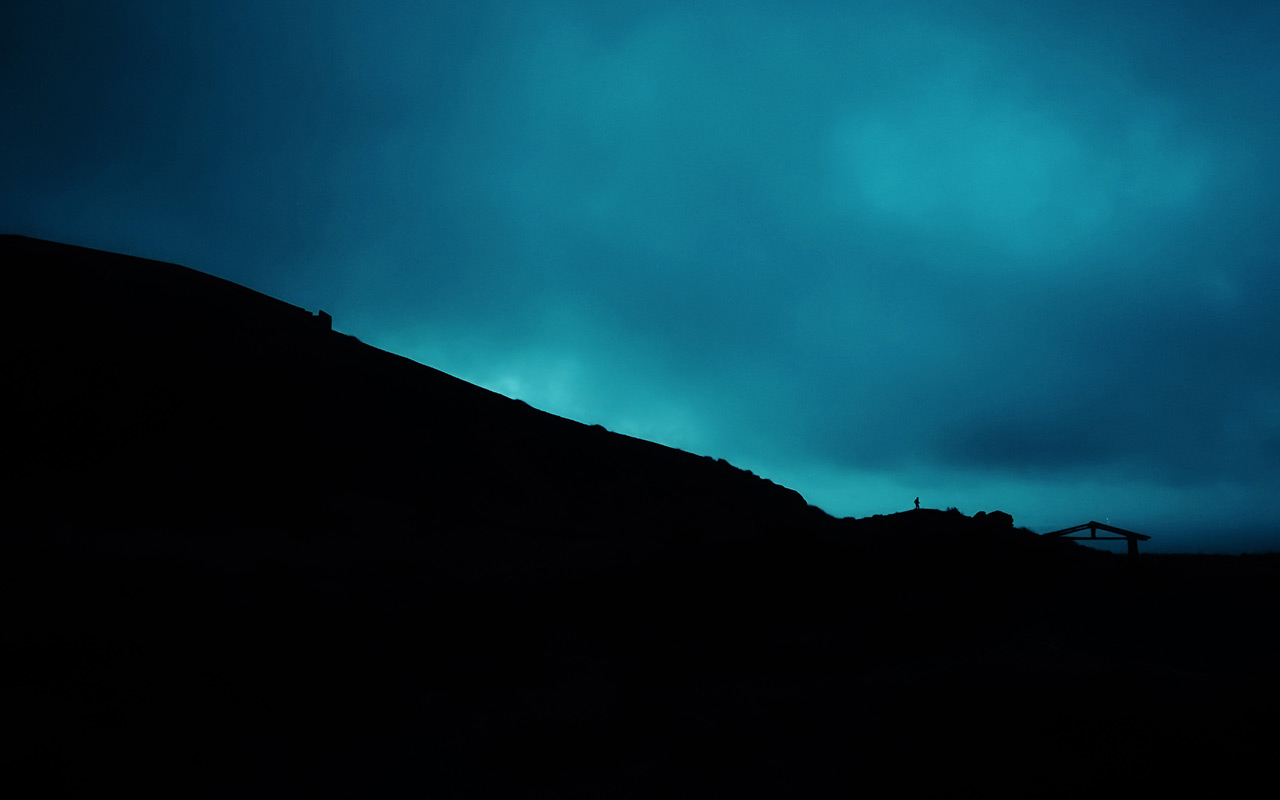
When you look down the crater, you’ll see a lava lake and it’s truly mesmerizing to watch the lake bubble, especially after dark.
If you visit during the day, you’ll be able to enjoy the picnic facilities and visit the on-site museum.
Other sites you can visit near the Masaya Volcano are the town of Catarina, Mercado de Artesania and Apoyo Crater lake – all of which can explored with a full day tour – a recommended activity if you are coming from Granada.
Islets of Granada
The Islets of Granada are made up of 365 small islands located in Lake Nicaragua. These small islands are over 25,000 years old and while some of them are deserted, others feature limited development with ecolodges.
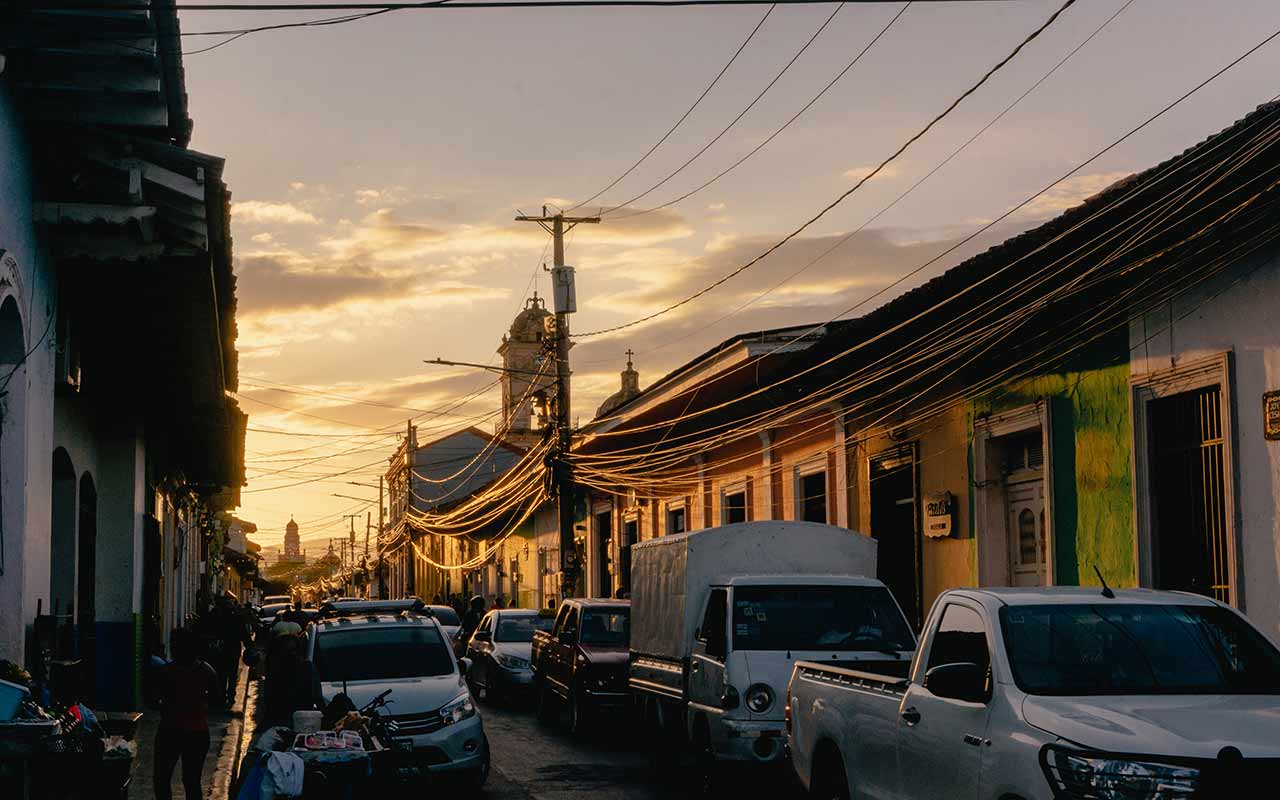
Lake Nicaragua
Lake Nicaragua is the largest lake in Central America and it’s the only freshwater lake that hosts ocean animals, such as sharks.
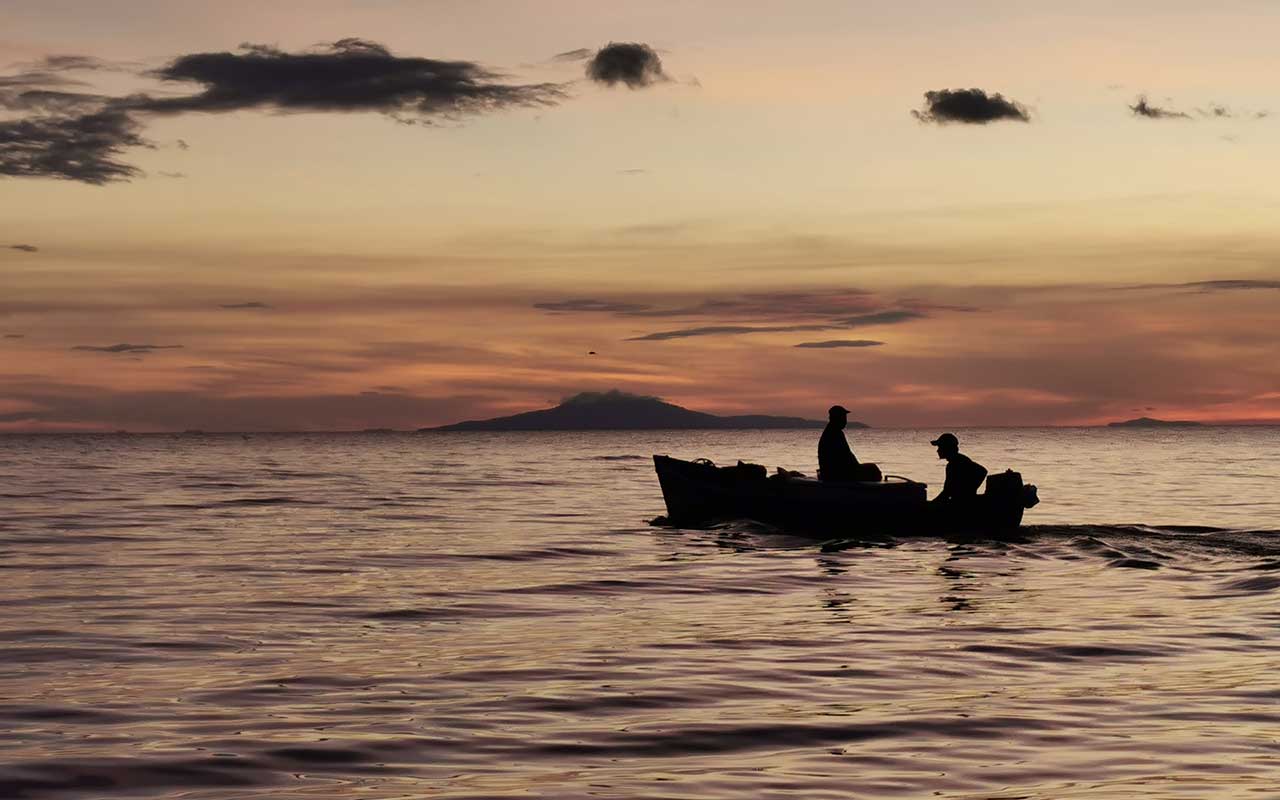
It’s 177 kilometers long and 57 kilometers wide, and it’s home to the Islets of Granada, two volcanoes, and large islands such as Ometepe. There’s plenty to do in Lake Nicaragua and you will have an amazing time.
We recommend joining this awesome kayaking tour to explore Lake Nicaragua, which also includes pick-up and drop-off from your accommodation.
Mombacho Volcano Nature Preserve
The Mombacho Volcano Nature Reserve offers 2,500 acres full of flora, with over 800 species of plants, and hundreds of animal species, including howler monkeys, white-faced monkeys, and the bright red and green quetzal bird.
With this skip-the-line ticket and guided tour, you’ll go straight to exploring the reserve for a whole day.
The best way to experience all of this is through one of the many hiking trails and it will be truly memorable.
Bosawas Biosphere Reserve
The Bosawas Biosphere Reserve was founded in 1997 to protect the biodiversity of northern Nicaragua.
It’s a large area and they are dedicated to protecting the free flow of species between Central America and Mexico.
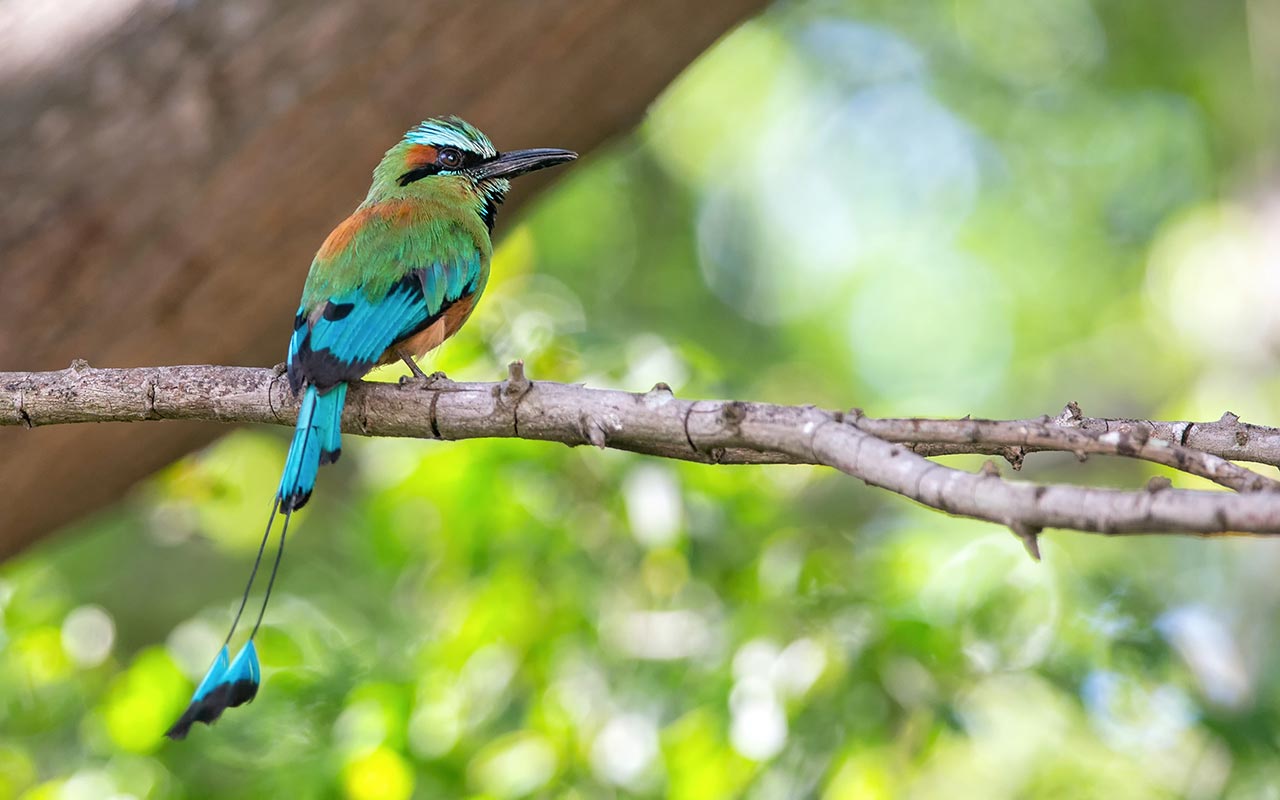
It’s a paradise with over 790 bird species that live in the reserve, as well as a great variety of mammals such as jaguars, spider monkeys, and Baird’s tapir.
You’ll have an amazing time exploring this reserve!
San Juan del Sur
San Juan del Sur is an incredible and exciting town located close to the country’s border with Costa Rica.
It’s full of vibrant buildings and colorful murals, there’s a great surf beach, and a Christ of the Mercy statue that sits over a hill you can hike to enjoy the city’s landscape.
If you plan to spend the day relaxing by the beach take this private guided whole day tour and enjoy the beaches of San Juan del Sur.
The sunsets on the beach simply can’t be missed because they provide a beautiful display of shifting colors.
Nicaragua Itinerary (2 Weeks)
We’ll now cover our best Nicaragua itinerary. As well as keeping an eye on the time, it’s also been designed to keep things fresh and exciting too for you.
León (Days 1-3)
We’ll first arrive (if flying in internationally) to the capital of Managua, however, there’s not too much here so we’ll take the 1.5 hour bus north directly to León.
The second biggest city in Nicaragua, León is famous for being the key site of the nation’s revolution. You can head on a free walking tour where you’ll see the famous murals and street art, as well as some important landmarks.
Be sure to visit the Cathedral-Basilica of the Assumption of the Blessed Virgin Mary, which is the biggest cathedral in all of Central America.
León is also home to some really stunning landscapes, and is surrounded by imposing volcanoes. Head to Cerro Negro where you can go Volcanoboarding (you’ll put on an old prison outfit and thrust yourself down the side of a volcano – nothing quite like it!).
You can also hike Masaya Volcano, which is still active and has an incredible lave lake in its crater. The hike in total here will take around 3-4 hours.
Granada (Days 4-6)
After cleaning the sand off our boots, we’ll now head south to the stunning colonial town of Granada.
The bus from León to Granada takes between 3-4 hours. When looking this destination up, be sure not to confuse this with the same-named city in Spain!
Granada easily ranks among one of the most beautiful cities in Central America (along with Antigua in Guatemala). You’ll first want to head to Parque Central, and then visit the picturesque, yellow-stained Catedral de Granada.
Also along its streets you’ll see many picture-perfect streets filled with colourful houses and facades. Be sure to try some of the fruits sold by the locals too.
This walking tour is a great way to see the highlights of Granada, where you’ll be taken to the Pre-Columbian museum of the San Francisco Convent, as well as to the volcanic islets found nearby.
Other noteworthy sites here include the Xalteva Park, as well as the bright-coloured Chapel Maria Auxiladora. Whilst here, you’ll also want to head to the Mombacho Volcano National Reserve, with many great hiking paths cutting through the thick jungle.
Ometepe Island (Days 7-10)
Our next stop in Nicaragua will now be to the picturesque Ometepe Island, which sits in the middle of a lake surrounded by volcanoes. The bus takes around 3 hours to arrive, and you’ll then take a short boat over to the island.
Although it’s quite a popular destination along any Central American route, Ometepe is still a great place to visit to get a more authentic outlook on real Nicaraguan life.
Not only are there many Spanish schools here, but you can also spend time staying at a local homestay (and many often go on to spend weeks or months at a time here).
Ometepe is surrounded by nature, and that’s what we’ll spend most of our time here exploring. The waterfall of San Ramón is one of the best to visit here, which can be accessed via a hike through the jungle.
Other cool things to do here include hanging out on Playa Santa Cruz, as well as trekking to the volcanoes of Concepción and Maderas.
If you are in Granada, then we highly recommend this full-day trip of Lake Ometepe, where you’ll stop in the historic town of Altagracia, as well as see exotic wildlife on a hike through the Charco Verde Private Reserve.
San Juan del Sur (Days 11-14)
From Ometepe Island, we’ll now round off our trip by heading to the Pacific beachside paradise of San Juan del Sur.
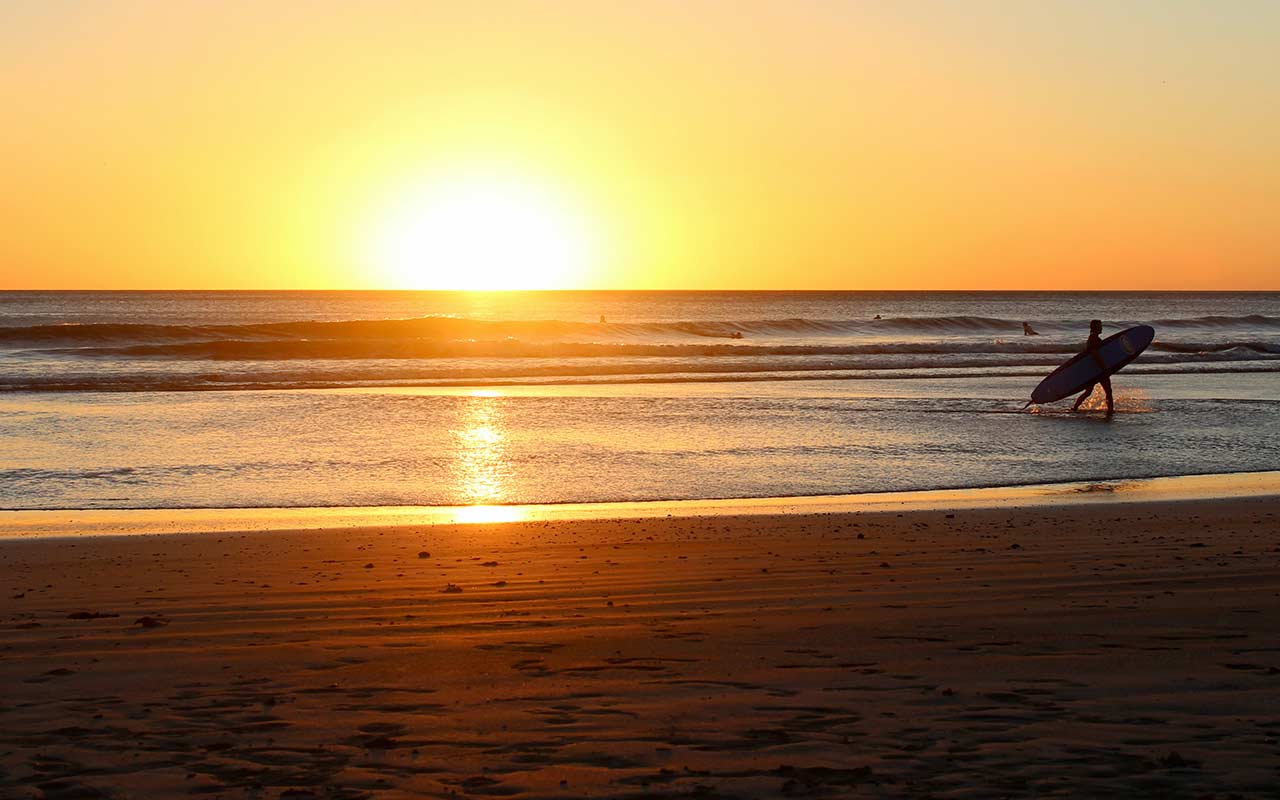
To get here you’ll first need to take a boat to Rivas, and then from there it’s just a 30 minute bus ride to San Juan del Sur.
This is by far one of the most popular towns in Nicaragua, and with its low prices, many activities and a thriving backpacking scene, it’s not hard to see why!
You’ll find many beachside hostels here, and if you’re into surfing (this town is one of the best in Central America for its waves), then you’ll find many great deals on lessons and rentals.
Aside from the surf, you can spend lots of time chilling out on San Juan del Sur Beach, where you can relax in the hot sun after your many days of hiking.
We also recommend heading up to the Cristo de la Misericordia, which at 134m in height, is among the 10 tallest Christ statues in the world!
And that’s all for our trip through Nicaragua. From San Juan del Sur you can take the bus back up to Managua (around 4 hours) for your international flight out.
Alternatively, if you have the time, then you can continue heading south towards the border and into Costa Rica to start a new adventure.
And there we have our 2 week Nicaragua itinerary. Now let’s move on to our most important tips, so you can have the best experience possible here.
Nicaragua Travel + Safety Tips
As mentioned before, Nicaragua is relatively safe to visit but the crime rate is high, so that means you have to take certain precautions.
⬇️ These travel safety tips will help you with that:
- Aim to learn some Latin American Spanish before you arrive to Nicaragua because knowing just a few words can go along way.
- Stick to major urban areas because there’s not much police presence in remote locations.
- San Juan del Sur usually has the best nightlife year-round, with many hostels throwing parties as well as good clubs like LiT.
- Avoid unofficial taxis; only use taxis that have a red number plate or the ones that are radio-dispatched.
- Beware of hurricane season and avoid visiting Nicaragua between June and November.
- Look out for the top rated hostels in Nicaragua for the most comfortable rooms and meeting like minded people etc.
- Gallo Pinto is the absolute must-try here. Also known as the national dish of Nicaragua, Gallo Pinto consists of a tasty mix of rice, beans and onions that are cooked in coconut milk.
- Leave your valuables at home or the hotel safe.
- Only bring the cash you’ll need.
- Ometepe Island, Volcanoboarding in Cerro Negro, Colonial Buildings in León. See this list of top rated tours in Nicaragua.
- Make a copy of your passport and keep the original one safe.
- Purchase travel insurance.
- Don’t resist if you get mugged or somebody attempts to mug you. In most cases it is not worth the risk.
- Make the most of it here! Nicaragua is the cheapest country in Central America, and is ranked as one of the happiest in the world.
As long as you practice common sense and follow these safety travel tips, your time in Nicaragua will be wonderful. No country is perfect, but that doesn’t mean you can’t enjoy your travels!
Traveling Around Nicaragua
If you’re thinking of traveling Nicaragua by bus, you need to know there are three main kinds of buses: chicken buses, microbuses, and shuttles.
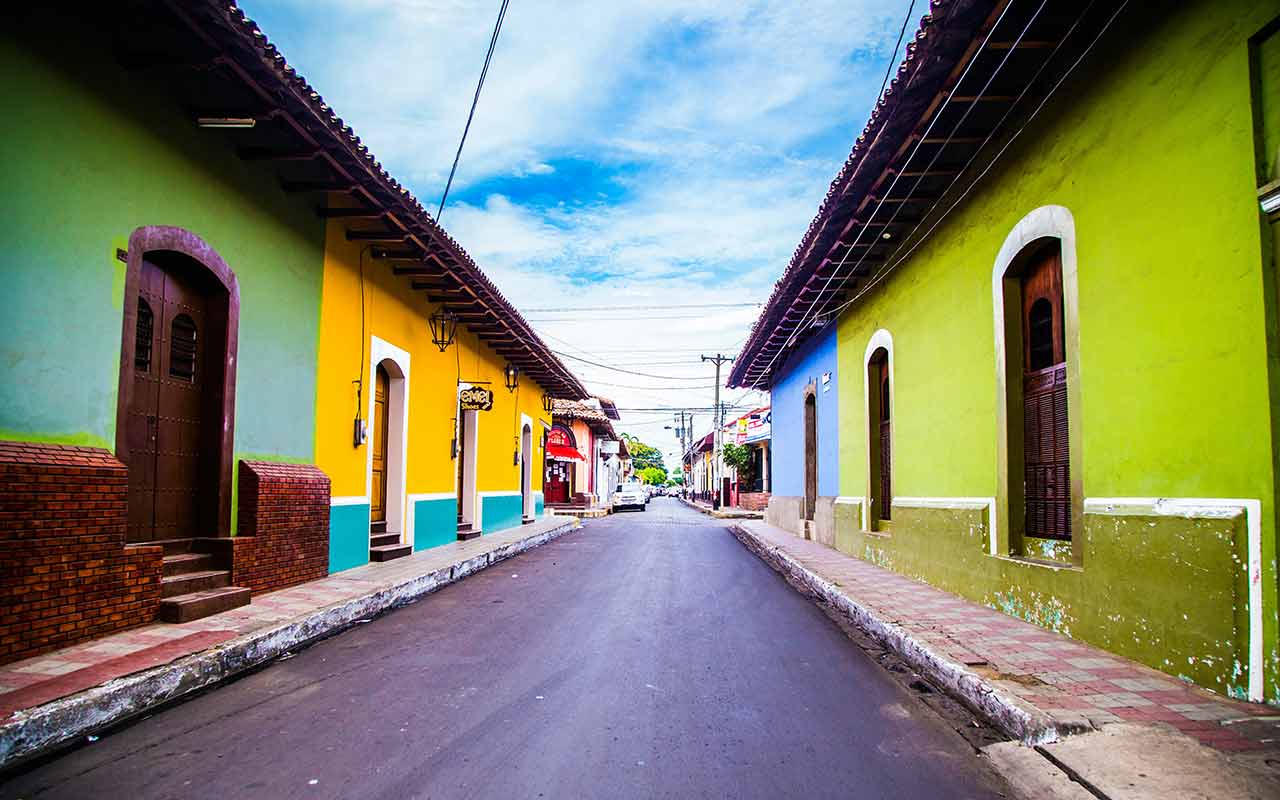
Chicken buses are not super safe but they’re very inexpensive so they can work for short rides. Even so, be careful and do your research to take the necessary precautions. This safe wallet is one of our top recommendations for keeping your things secure when travelling around Nicaragua.
Microbuses are very much like chicken buses but they make fewer stops and they’re a bit unpredictable as well when it comes to schedules.
Shuttles will take you from city to city a lot more safely than the other two options, which we don’t recommend for longer rides.
Whenever you’re riding in public transport, remember to be alert, keep your belongings in sight, and be aware of the people around you.
Some of our favorite hostels in Nicaragua include:
Hostal El Jardin (León), The Space (San Juan del Sur), Hospedaje Los Chocoyos (Ometepe Island).
Best time to visit Nicaragua
We’ve spoken a lot about the best time to visit Central America on this blog (George is absolutely obsessed with checking the weather when we travel).
Nicaragua has a pretty defined dry and wet season. The dry season runs from December until April, and is characterized by little rains and hot daily average temperatures of between 90-92°F.
However these are also peak travel times so expect prices to hike up a bit (though still quite cheap in the grand scheme of things).
The wet season in contrast can be problematic with the lesser maintained roads often getting flooded and becoming inaccessible.
However for those who love nature, you’ll love the extreme bright green hues of the jungle that appear with all the rainfall coming down. Just be sure to carry a quality Poncho with you to keep yourself dry!
It’s also a little cooler this time of year, which may suit travelers more. It all depends on what you want from your trip to Nicaragua!
What to pack for Nicaragua
Having explored the different areas of Nicaragua and you’ve bought a plane ticket, now comes the time to pack well for your trip here.
It will be pretty hot regardless of when you visit, so skip the extra layers unless you want to sweat. If heading during the rainy season, then make sure you bring a poncho or raincoat, as you can expect almost daily downpours which will be infrequent yet pretty hard.
We recommend packing lots of light clothing such as vests, shorts, dresses and anything else you’ll feel comfortable in and around 92°F.
Mosquitoes can be a problem here regardless of the time of year, so take lots of repellent as dengue among other mosquito-borne diseases are prevalent here (and trust me – having had dengue myself you’d much rather avoid getting this).
As well as this, you’ll also want to pack the other necessities such as toiletries, document holders, hiking boots, towels, a water bottle as well as a daypack for any excursions you’ll be taking part in.
Got travel insurance for Nicaragua?
Backpacking Nicaragua: Final Words
Nicaragua is full of beauty and great places to visit. If you’re planning your trip, you want to make sure you make the most of your time there.
This itinerary will help you do that, so refer to it before and during your trip so you don’t miss anything. Be safe and have fun!
Why not read this in conjunction with our more popular backpacking Central America travel guide which shows you more place to see in Nicaragua?
👉🏽 P.S. If you’ve found this guide helpful, buy us a coffee here to say thanks! Or, support us by downloading our South America Travel Bible to get our best content.
“Dear traveler! Some links in this post contain affiliate links. Meaning, if you click through and make a purchase, book a hostel or sign up for a tour, we may earn a small commission at no additional cost to you. Your support means a lot and helps us to carry on traveling and maintaining the quality of this site for you.”

